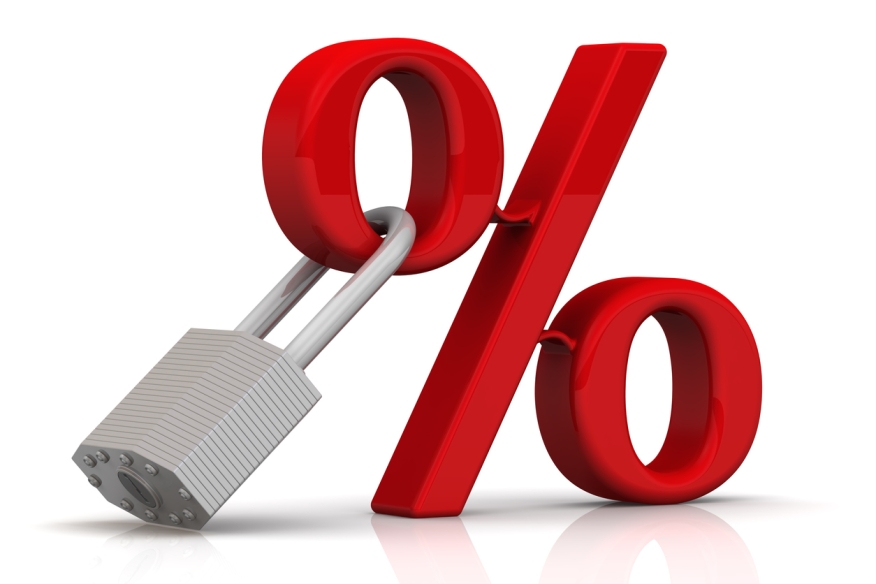
Mortgage Rates Buck Upward Trend In November, Boosting Refinance Activity

Despite a 10% drop in lock volume, low rates drive refinance to highest level since February; credit scores and loan amounts see changes.
November was an unusual month for mortgage rates. It marked a reversal in the upward trend that began in April, but rate lock volume hasn't recovered.
“Despite the improving rate environment, lock volume was down 10% month over month, driven by a 12% drop in purchase locks as the market enters the slowest buying months of the year,” Brennan O’Connell, data solutions manager at Optimal Blue, said. “However, many borrowers who took out loans over the last few months are finding themselves in the money for refinances, which drove refinance volume up 2% month over month to reach its highest level since February.”
According to the Optimal Blue Mortgage Market Indices, this refinance climb included 10% month-over-month growth in rate/term refinance volume, while cash-out volume remained essentially flat from October. Purchase lock counts, which exclude the impact of changes in home prices, were down 13% year over year and 37% from pre-pandemic levels in 2019.
The report found the 30-year conforming rate dropped 67 basis points (bps) in November, finishing the month at 7.11%. Jumbo rates fell 34 bps to 7.61%, FHA dropped 54 bps to 6.90%, and VA dropped 61 bps to 6.79%.
“Cooling economic indicators and dovish commentary from the Federal Open Market Committee meeting at the beginning of November drove a rally in rates across mortgage products,” O’Connell said. “This rally narrowed the spread between the OBMMI 30-year conforming rate and the 10-year Treasury by 16 bps, pushing it down to 274 bps – the lowest level since March.”
Nonconforming products – including jumbo and expanded guidelines loans – gave up share in November, dropping from 12% to 10% of total production month over month. FHA products lifted from 22% to 23% of total production month over month. Other products remained mostly flat in production, including GSE-eligible products at 56%, VA products at 10%, and USDA products at 1%. The rise in FHA share sets another recent high for the government-insured product. The steep drop in rates shifted production, pushing ARM share down to 6.5% from 7.9% last month.
In terms of metropolitan statistical areas (MSAs), most experienced declines in rate lock volume in November. However, Orlando saw growth in production, while New York and San Antonio remained flat in month-over-month volume.
The report also noted changes in credit scores and loan amounts. The average credit score for rate/term refinances decreased by seven points in November, with minor decreases in average scores for purchase and cash-out refinances as well. The average loan amount dropped from $352.5K to $347.4K, and the average purchase price experienced its largest decline since October 2022, falling from $449.3K to $438.3K.
“Historic affordability issues are keeping buyers on the sideline and forcing sellers to reduce their expectations,” O’Connell added. “This may signal a downward trend in home prices after an extended period of steady growth.”



